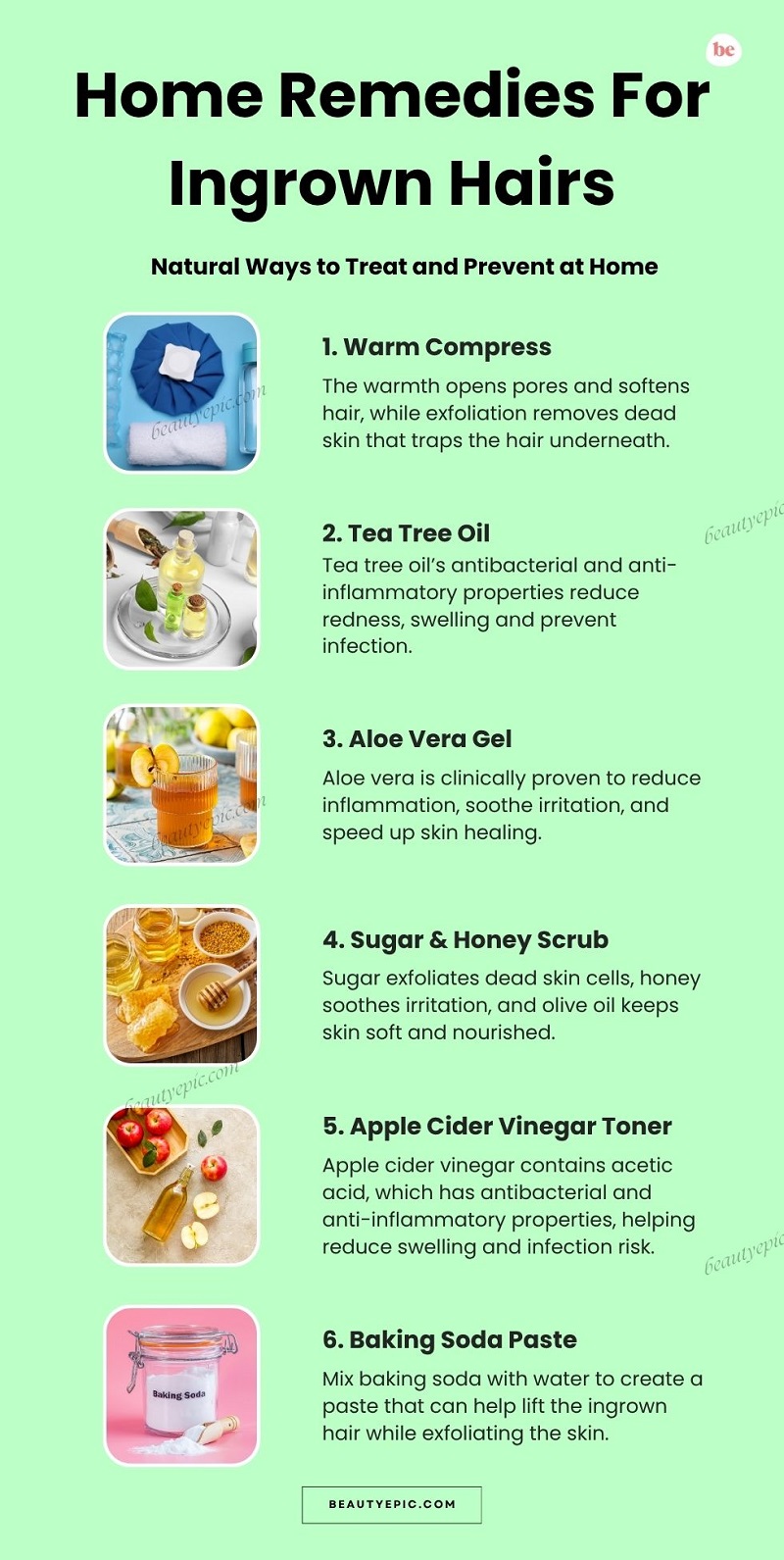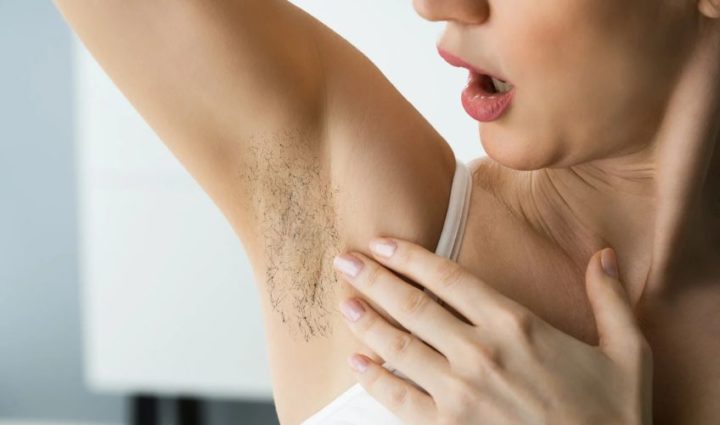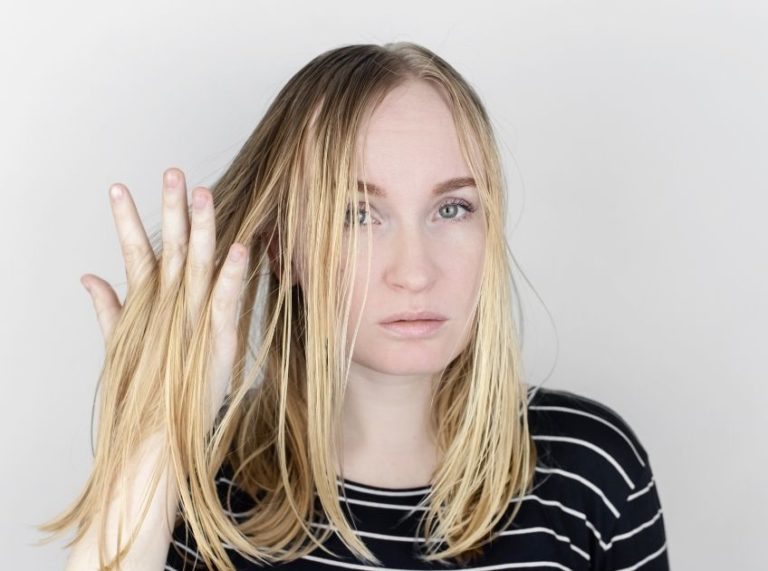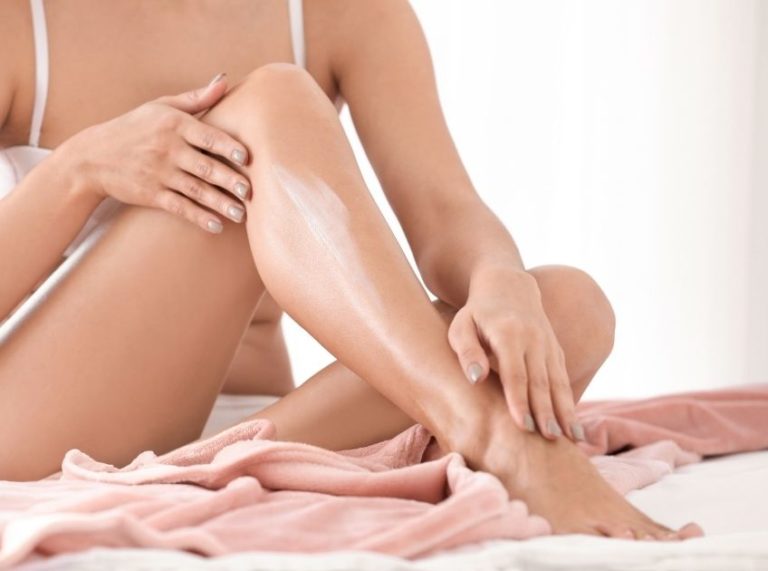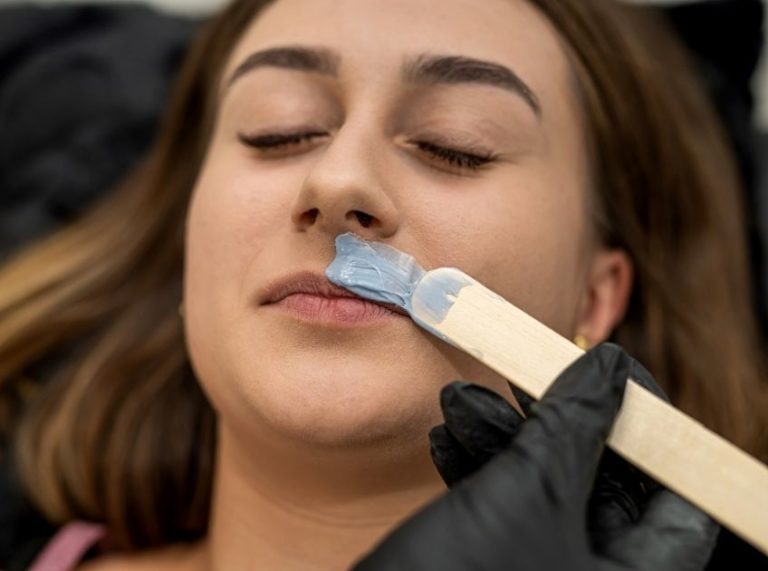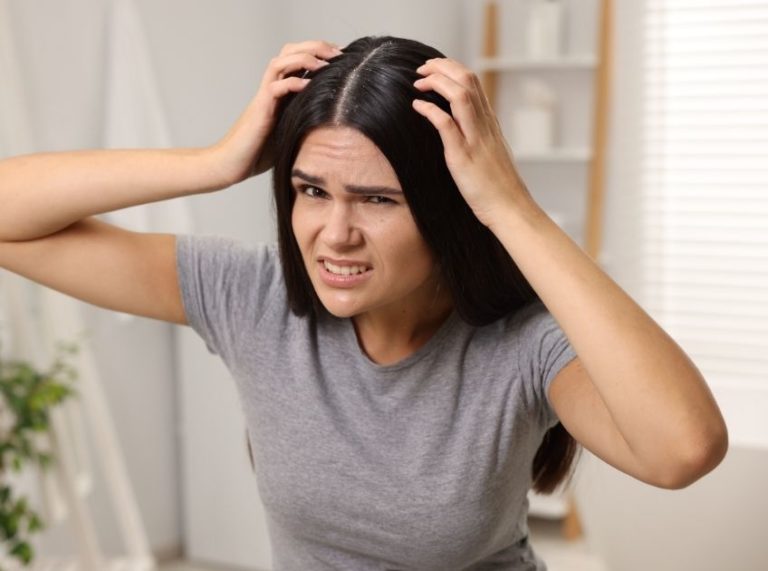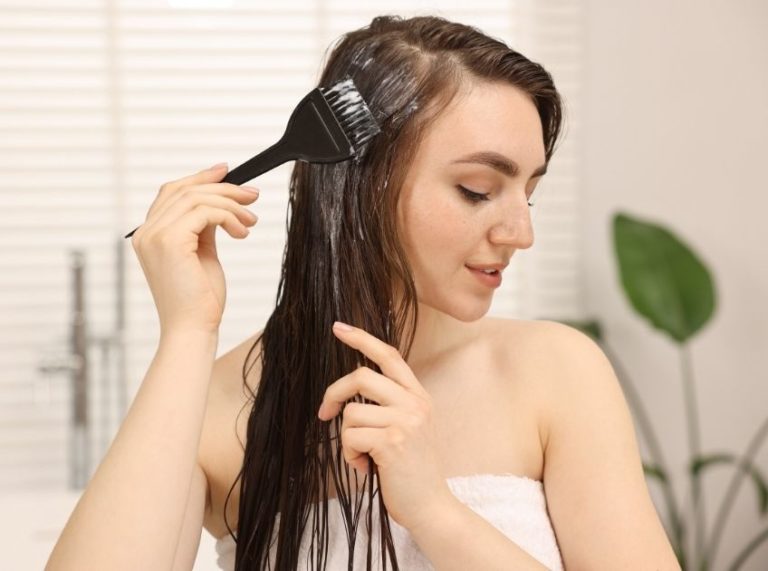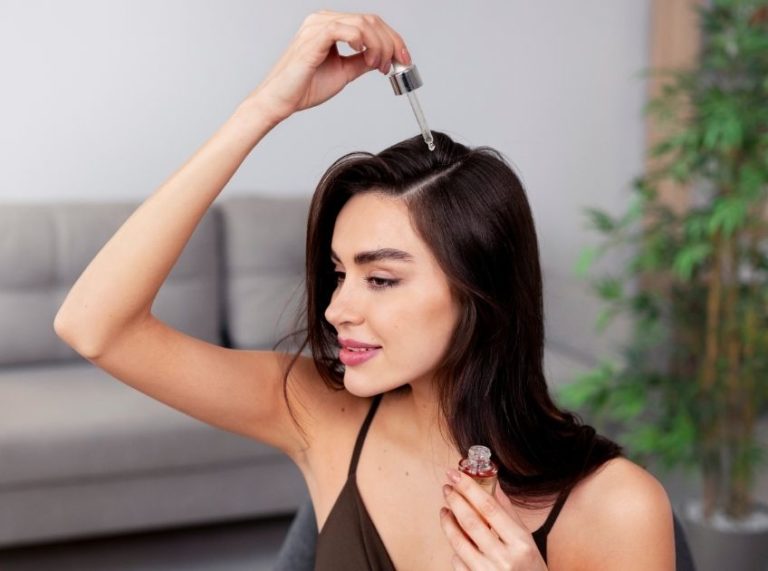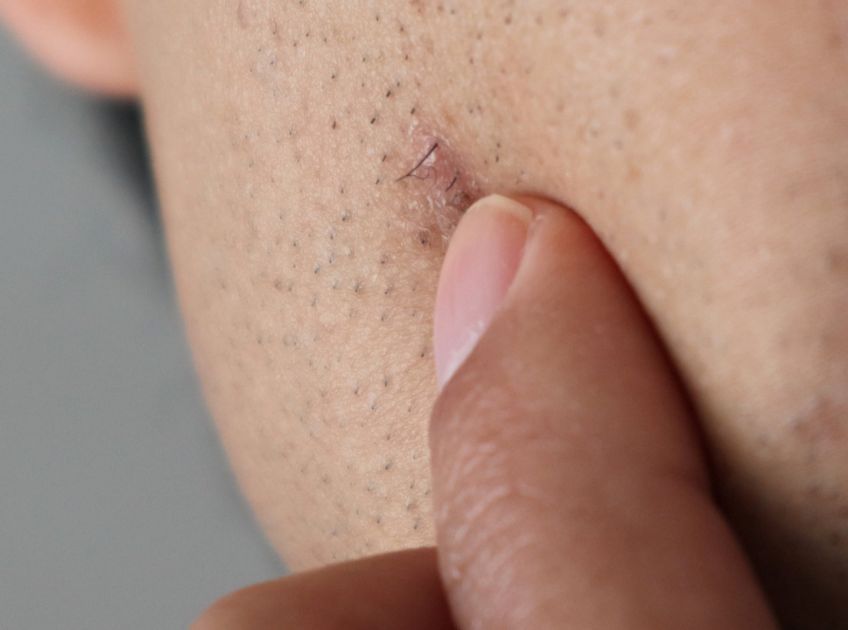
Important: This article is for informational purposes only. Please read our full disclaimer for more details.
Ingrown hairs occur when shaved, tweezed, or waxed hair curls back or grows sideways into the skin instead of outward. They often appear as small red bumps that may be itchy, painful, or filled with pus. While not usually dangerous, ingrown hairs can lead to infection, scarring, or hyperpigmentation if ignored.
The good news? You don’t always need medical treatments or harsh chemicals. With the right home remedies and preventive care, you can soothe irritation, release trapped hairs, and stop them from coming back.
Smart Habits to Prevent Ingrown Hairs Before They Start
The easiest way to deal with ingrown hairs is to stop them from forming in the first place. Here are dermatologist-approved prevention tips:
- Exfoliate regularly: It removes dead skin that traps hair.
- Moisturize daily: Soft, hydrated skin allows hair to grow out easily.
- Shave the right way: Always use a clean, sharp razor and shave in the direction of hair growth.
- Don’t over-shave: Leaving hair slightly longer reduces the risk of curling back under the skin.
- Wear breathable clothing: Tight clothes cause friction, pushing hairs into the skin.
5 DIY Remedies to Treat Ingrown Hairs Naturally
1. Warm Compress & Gentle Exfoliation
Prep Time: 2 minutes
Application Time: 10–12 minutes
Difficulty: Very Easy
Best For: All skin types, especially dry or rough skin
Ingredients
- 1 bowl of warm (not hot) water
- 1 soft washcloth or small towel
- Optional: 1 teaspoon of Epsom salt (for extra soothing effect)
Steps
- Soak the washcloth in warm water and wring out excess.
- Apply the warm compress to the affected area for 5–10 minutes to soften skin.
- Once skin is softened, use the same cloth or a gentle sugar scrub to exfoliate in circular motions for 1–2 minutes.
- Rinse with lukewarm water and pat dry.
Why It Works: The warmth opens pores and softens hair, while exfoliation removes dead skin that traps the hair underneath.
2. Tea Tree Oil Spot Treatment
Prep Time: 1 minute
Application Time: 2–3 minutes
Difficulty: Easy
Best For: Oily or acne-prone skin
Ingredients
- 3–4 drops of tea tree oil
- 1 tablespoon carrier oil (coconut oil, jojoba oil, or olive oil)
- Cotton swab or pad
Steps
- Dilute tea tree oil with carrier oil (never use it undiluted, as it may irritate).
- Dip a cotton swab into the mixture.
- Apply directly to the ingrown hair bump.
- Leave it on; no need to rinse. Use twice daily until the bump improves.
Why It Works: Tea tree oil’s antibacterial and anti-inflammatory properties reduce redness, swelling and prevent infection.
3. Aloe Vera Cooling Gel
Prep Time: 2 minutes (if using fresh aloe)
Application Time: 15–20 minutes
Difficulty: Very Easy
Best For: Sensitive, irritated, or freshly shaved skin
Ingredients
- 1 tablespoon fresh aloe vera gel (from the plant or store-bought pure gel)
Steps
- Extract gel from a fresh aloe leaf or use 100% pure aloe gel.
- Apply a thin layer directly to the irritated area.
- Leave on for 15–20 minutes.
- Rinse with cool water and pat dry. Repeat 1–2 times daily.
Why It Works: Aloe vera is clinically proven to reduce inflammation, soothe irritation, and speed up skin healing.
4. Sugar & Honey Exfoliating Scrub
Prep Time: 3 minutes
Application Time: 3 minutes
Difficulty: Easy
Best For: Normal to dry skin prone to ingrown hairs
Ingredients
- 2 tablespoons sugar (white or brown)
- 1 tablespoon raw honey
- ½ teaspoon olive oil (optional for added moisture)
Steps
- Mix sugar, honey, and olive oil (if using) into a coarse paste.
- Apply to damp skin in the affected area.
- Massage in circular motions for 2–3 minutes.
- Rinse thoroughly with lukewarm water and moisturize. Use 2–3 times per week.
Why It Works: Sugar exfoliates dead skin cells, honey soothes irritation, and olive oil keeps skin soft and nourished.
5. Apple Cider Vinegar Toner
Prep Time: 1 minute
Application Time: 10 minutes
Difficulty: Easy
Best For: Oily or acne-prone skin (avoid if very sensitive)
Ingredients
- 1 tablespoon apple cider vinegar
- 2 tablespoons water (for dilution)
- Cotton ball or pad
Steps
- Mix apple cider vinegar and water in a small bowl.
- Dip a cotton ball into the solution.
- Apply directly to the ingrown hair area.
- Leave for 10 minutes, then rinse with cool water.
- Use once daily until bumps reduce.
Why It Works: Apple cider vinegar contains acetic acid, which has antibacterial and anti-inflammatory properties, helping reduce swelling and infection risk.
When to Seek Medical Help for Ingrown Hairs
Most ingrown hairs heal on their own or with home remedies, but you should see a doctor if:
- The bump becomes increasingly painful, swollen, or filled with pus.
- Ingrown hairs keep recurring despite preventive care.
- You notice spreading redness or fever, which could indicate a serious infection.
- Dermatologists may recommend treatments like prescription creams, antibiotics, or laser hair removal for chronic cases.
Backed by Science: Why These Remedies Work
- Exfoliation (sugar, scrubs): Dermatology studies confirm that removing dead skin cells helps release trapped hairs and prevents follicle blockage.
- Tea Tree Oil: Research shows it has strong antimicrobial and anti-inflammatory effects, reducing infection risk (1).
- Aloe Vera: Studies support its wound-healing and skin-soothing properties (2).
- Apple Cider Vinegar: Contains acetic acid, which has antibacterial benefits, though more studies are needed for direct use on ingrown hairs (3).
By combining these remedies with preventive habits, you can address ingrown hairs safely and effectively at home.
Frequently Asked Questions (FAQ’S)
Q1: How long do ingrown hairs take to heal with home remedies?
A. Most ingrown hairs improve within 1–2 weeks when treated properly. Infected ones may take longer.
Q2: Can I pop or squeeze an ingrown hair bump?
A. No, squeezing can worsen irritation and push bacteria deeper, causing scarring and infection.
Q3: Are natural remedies safe for all skin types?
A. Most are safe, but always patch-test ingredients like tea tree oil or apple cider vinegar to avoid irritation.
Ingrown hairs can be uncomfortable, but they’re not impossible to manage. With simple home remedies like warm compresses, aloe vera, tea tree oil, and sugar scrubs, you can soothe irritation and release trapped hairs naturally. Preventive habits—like exfoliating, moisturizing, and proper shaving—are equally important in keeping them away.
